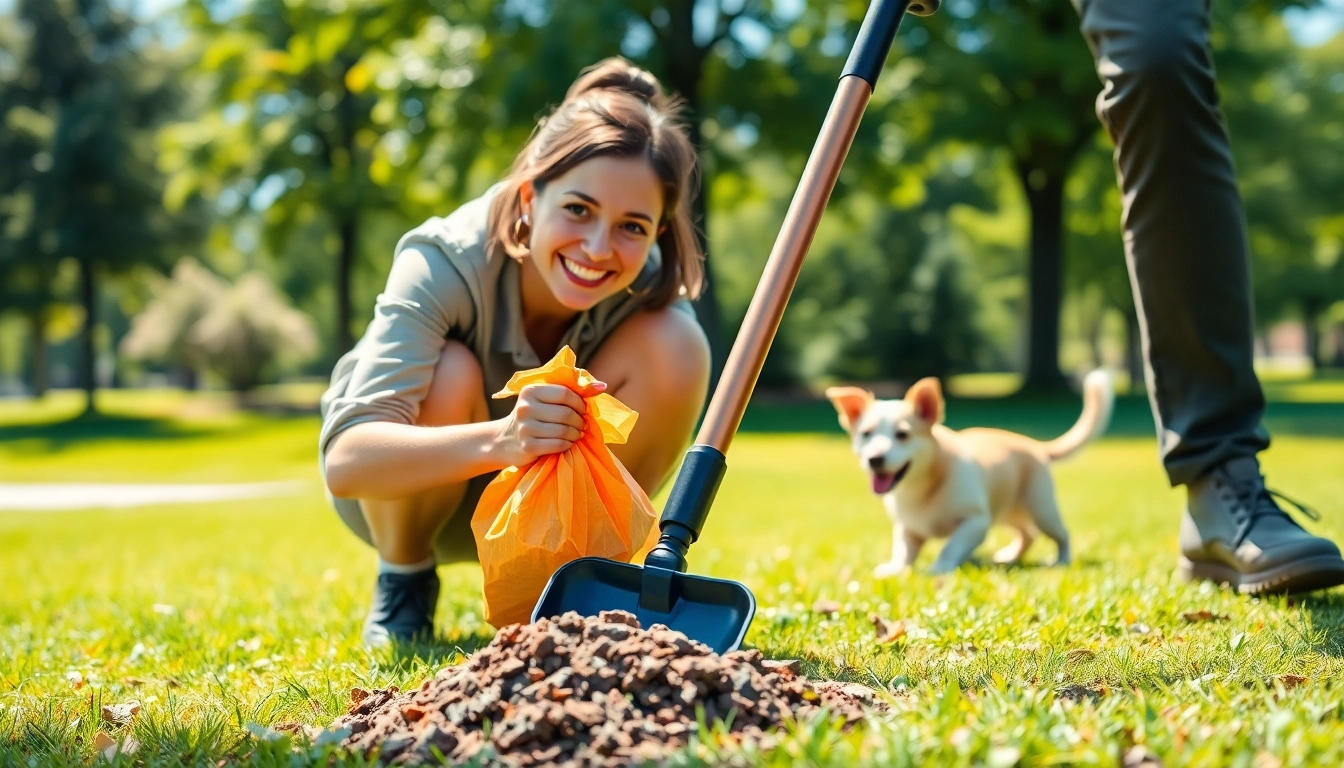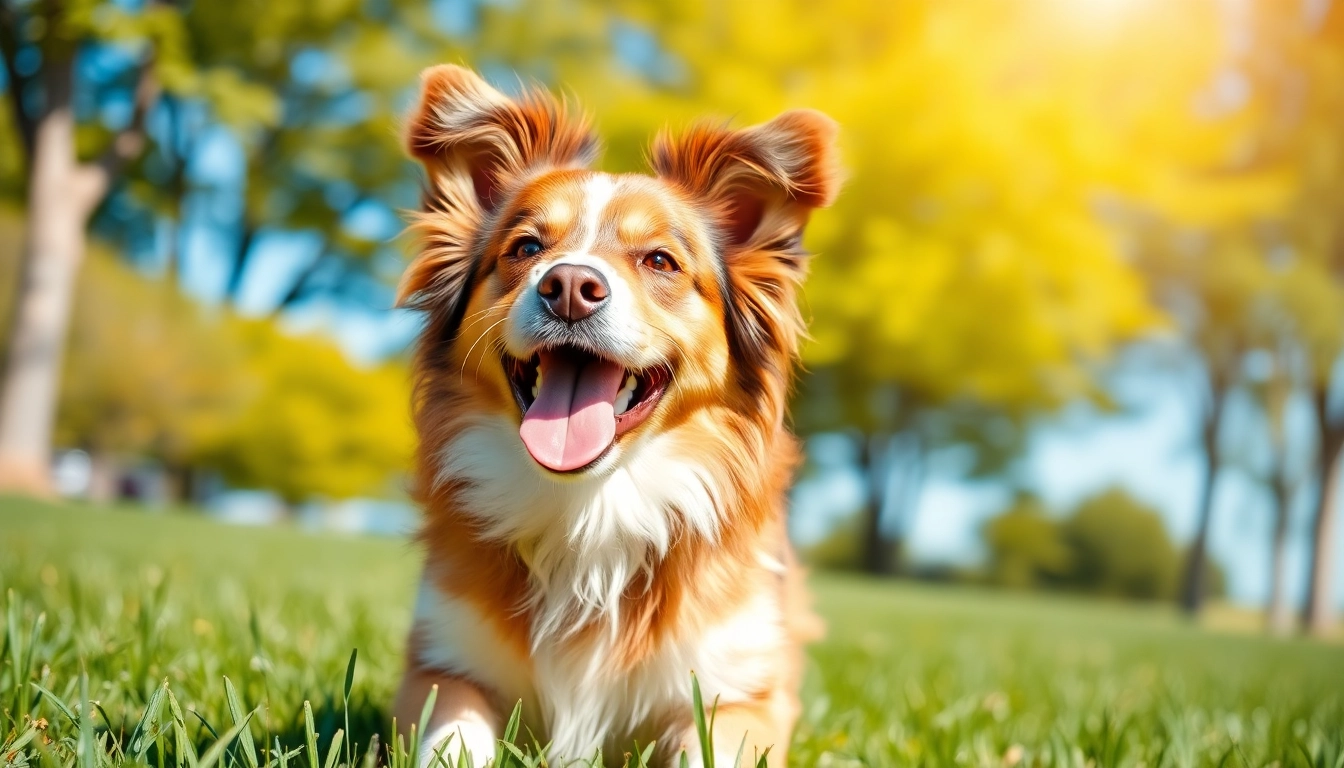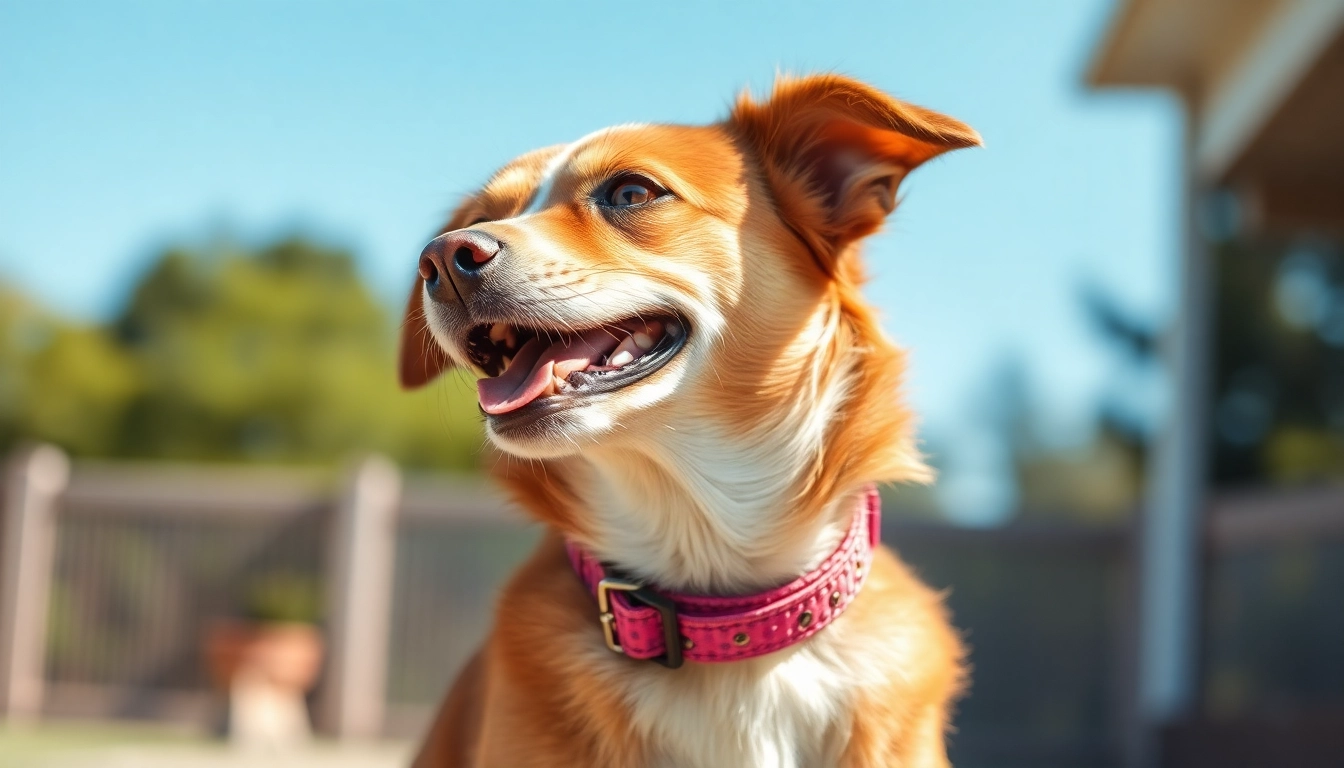Understanding the Importance of Cleaning Up Dog Poop
As a devoted pet owner, ensuring the cleanliness of your home and environment is crucial. One of the most significant responsibilities that come with dog ownership is handling dog waste effectively. Not only does it contribute to a healthier living space, but it also plays a vital role in maintaining community hygiene. Neglecting to clean up dog poop can have severe consequences for both health and environmental concerns. In this article, we’ll explore the intricacies and necessities of dog waste management, ensuring you’re well-equipped to provide a safe and clean environment for your furry friend and your community.
Health Risks Associated with Dog Waste
Dog feces can pose numerous health risks, not only to other pets but also to humans. They can harbor parasites such as roundworms and hookworms, which can be transmitted through contact. Additionally, dog poop can carry bacteria and viruses like E. coli and Salmonella, which can contaminate water supplies and soil, leading to potential health hazards. Implementing proper cleaning procedures can significantly reduce these risks. According to the CDC, an estimated 577,000 cases of zoonotic diseases linked to fecal contamination occur annually in the U.S. alone.
Environmental Impact of Neglecting Cleanup
When dog waste is left on the ground, it does not decompose as quickly as one might think. Instead, it can take several months for dog feces to break down in a yard or public space. During this time, it releases harmful pathogens and nutrients into the soil that can leach into water supplies, contributing to pollution. Furthermore, rotting dog waste can create unpleasant odors and become a breeding ground for pests, leading to further environmental deterioration. It is crucial to understand that responsible pet ownership extends to how we manage our dogs’ waste to keep the ecosystem healthy.
Community Responsibility: Why It Matters
Cleaning up after your dog is not just a personal endeavor; it’s a civic duty. Responsible pet owners contribute to a healthier community by reducing the chances of disease spread and keeping public spaces enjoyable for everyone. Many communities impose fines for not cleaning up after pets, reflecting the seriousness of the issue. Additionally, leading by example encourages others to adopt responsible practices that benefit the collective environment.
Best Tools for Dog Waste Cleanup
Having the right tools for dog waste cleanup can make the task easier and more efficient. Various products are available tailored to different cleaning needs and preferences. Here’s an in-depth exploration of some essential tools for effective dog poop management.
Choosing the Right Pooper Scooper
Investing in a high-quality pooper scooper is fundamental for dog waste management. When considering which pooper scooper to purchase, look for features like a sturdy design, an ergonomic handle, and ease of cleaning. Options like telescoping handles make it easier for users of all heights. A metal option often proves to be more durable and easier to clean than plastic versions. For those who prefer a hands-free approach, consider a scoop with a bag attachment or a rake-style scooper, which allows for quick collection without needing to bend down.
Eco-Friendly Waste Bags: A Sustainable Choice
In recent years, there has been a push toward environmentally-friendly dog waste bags. Traditional plastic sacks contribute to landfill waste and take centuries to decompose. In contrast, biodegradable and compostable bags offer a greener alternative, breaking down more quickly when disposed of correctly. Look for bags certified by reputable organizations, ensuring they meet specific environmental standards. Additionally, carrying a bag with you during walks can reduce the impact of dog waste on community areas.
Innovative Gadgets for Effortless Cleanup
Technology has introduced innovative solutions to make dog waste cleanup more manageable. Automatic dog poop removers, for instance, use sensors and rotating scoops to clean your yard after your pet goes. Similarly, apps can remind you of poop cleanup schedules and even connect you to pet waste disposal services in your area. While these gadgets might require an initial investment, the time and effort saved can be well worth it for busy pet owners.
Step-by-Step Guide to Cleaning Up Dog Poop
Understanding how to clean up dog poop efficiently is essential for maintaining a clean space. This step-by-step guide will help ensure you’re prepared for any situation.
How to Effectively Use a Pooper Scooper
Using a pooper scooper may seem straightforward, but there are techniques that enhance efficiency and hygiene. Start by orienting the scooper at a slight angle to dig into the waste. Avoid pressing the device directly into the ground. Instead, push the bottom edge of the scooper under the waste, using the leverage to lift it up. After scooping, immediately place the waste in a biodegradable bag to minimize odors and contact. Once done, disinfect the scooper after each use to prevent the transfer of bacteria.
Dealing with Wet or Soft Dog Poop
Wet or soft poop can be particularly challenging to clean up. In such cases, using a combination of paper towels and your scooper is recommended. Start by picking up as much of the solid waste as possible with the scooper, then follow up with paper towels to absorb the remaining wet waste. Once you’ve collected it, properly dispose of it in a biodegradable bag. If this is a recurring issue, consider checking your dog’s diet, which can influence the consistency of their stool.
Cleaning Up After Your Dog Outdoors
Outdoor spaces can present their own set of cleanup challenges. Always carry waste bags when taking your dog out for walks or trips to the park. If you’re in a public area, make sure to clean up immediately after your dog finishes. Not only is it respectful to other visitors, but it also prevents your dog from remarking the same spot. For backyards, establish a routine cleanup schedule—ideally, once a week—to control the buildup of waste.
Alternative Methods for Dog Waste Disposal
Beyond traditional cleanup methods, there are alternative disposal techniques that can provide convenience and environmental benefits.
Using a Waste Digester for a Cleaner Yard
A waste digester functions similarly to a miniature septic system for dog waste. It breaks down feces into nutrient-rich compost which can enhance soil —without the harmful pathogens associated with untreated waste. These systems can be buried in your backyard and are designed to be eco-friendly, providing a sustainable solution for long-term waste management. Options are widely available in pet supply stores or online, and they can offer a hands-off cleaning process, requiring minimal maintenance.
Composting Dog Waste: Is It Viable?
Composting dog waste has gained attention as an environmentally-friendly solution to disposal. However, it’s crucial to know that not all compost systems can handle meat-based waste like dog feces due to the potential for pathogens. The compost must reach high temperatures (131°F to 170°F) to safely break down these wastes, making it a precise process. If done correctly, composting dog waste can yield high-quality fertilizer for non-edible plants while reducing landfill contributions.
Flushable Options: Pros and Cons
Many pet owners are turning to flushable dog waste bags, which can be a convenient solution to managing waste. By flushing dog poop down the toilet, you can treat it at a sewage facility, thus eliminating the health risks associated with leaving it in public spaces. However, it’s essential to check whether your local sewage system allows this practice. Some municipalities may restrict flushing pet waste due to the potential for plumbing issues. Always research local regulations and consider the infrastructure before opting for this method.
Establishing a Routine for Dog Waste Cleanup
Creating a regular cleaning routine is key to managing dog waste effectively. Establishing a consistent process not only eases the burden but also integrates cleanliness into daily dog care.
Creating a Cleanup Schedule
Creating a cleanup schedule involves determining how often you need to address waste in your yard. For most households with one or two dogs, weekly cleanups tend to suffice. However, larger or multiple pet households may require more frequent attention—twice a week. Mark these days on a calendar or planner, setting reminders to ensure that waste does not accumulate. Apps dedicated to pet care can also help track clean-up times.
Teaching Kids Responsible Cleanup Practices
Teaching your children about responsible pet ownership, including waste cleanup, promotes a sense of accountability. Involve them in the cleaning process by showing them how to use a pooper scooper or where to dispose of bags properly. Making it a fun family activity can instill the importance of cleanliness while helping them appreciate their responsibilities as they interact with pets.
Incorporating Cleanup into Daily Walks
Integrating waste cleanup into your daily dog walks establishes a consistency that becomes second nature. Always carry enough waste bags tied to your dog’s leash or pocket, and make a habit of picking up immediately after your dog goes. This not only keeps the environment clean but also reinforces a positive behavior for both the dog and owner.



